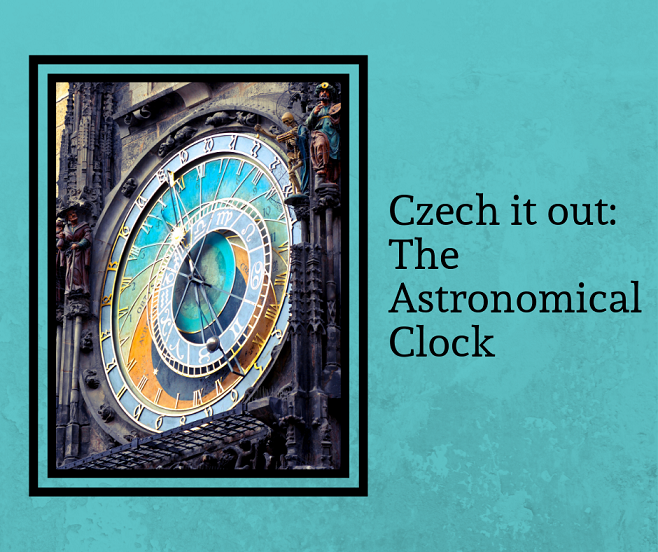- 2020 (16)
- July (3)
- June (1)
- March (3)
- February (5)
- January (4)
- 2019 (10)
- December (1)
- November (1)
- October (3)
- September (1)
- August (4)
- 2018 (2)
- March (1)
- February (1)
- 2017 (8)
- October (1)
- September (2)
- July (1)
- June (1)
- May (1)
- April (1)
- March (1)
- 2016 (4)
- November (1)
- June (1)
- February (1)
- January (1)
- 2015 (5)
- December (2)
- May (1)
- March (1)
- February (1)
- 2014 (10)
- November (1)
- September (1)
- August (1)
- May (1)
- April (2)
- February (2)
- January (2)
- 2013 (12)
- December (1)
- November (2)
- October (1)
- September (1)
- May (3)
- March (2)
- February (2)
- 2012 (22)
- December (2)
- November (1)
- October (3)
- August (2)
- July (1)
- May (2)
- April (2)
- March (3)
- February (2)
- January (4)
- 2011 (32)
- December (1)
- November (4)
- October (4)
- September (2)
- August (3)
- July (2)
- June (4)
- May (4)
- April (3)
- March (5)
- 2010 (3)
- December (3)
Articles
Its scale is uncontested. The average joe can’t read it. It’s arguably the most famous clock in the world. The astronomical clock has been one of the most iconic sites in Prague through the years, meticulously maintained since its creation in the 15th century.

- The astronomical clock in Prague is the third oldest astronomical clock in the world and the oldest still operating. It was first mentioned in a document from 1410.
- The clock has undergone several renovations, the most recent being in June of this year, as the city officials were not pleased with the paint job the clock received when it underwent major updates in 2018.
- The stationary background of the clock represents the local view of the sky.
- The astronomical clock doesn’t just tell time as we know it. The clock displays Babylonian time, German time, Old Bohemian time and Sidereal time, as well as the moons phases and the sun’s journey across the constellations of the zodiac.
- There is a dark underbelly to the creation of the clock. Legend has it, the city councilors blinded the architect of the astronomical clock so he would not create a more beautiful clock than the one we see in Prague today.
- The clock also contains a calendar dial which shows the day of the week and month and feast days, if you can get close enough to read it.
- It’s possible to climb the clock tower and admire the view of Old Town Square from several floors above ground. On the tour, you can also see the inner workings of the clock.
- Many of the fixtures on the clock are animated like marionettes, including the famous skeleton, which rings a bell on the hour.
- At the same time, there is a parade of apostles through two open windows, a show created by wheels of statues, which begin rotating when the windows open. These apostles were added between 1787 and 1791.
- On the clock’s 605th birthday, it was featured on the Google home page as a Google Doodle.
Don’t miss this iconic piece of history when you’re in Prague. If you want the full experience, go to see the clock as it tolls the hours so you can watch the clocks mechanisms in full force. As this tends to draw a crowd, the UPCES staff recommends arriving ten to fifteen minutes before the hour in order to get a good view.







